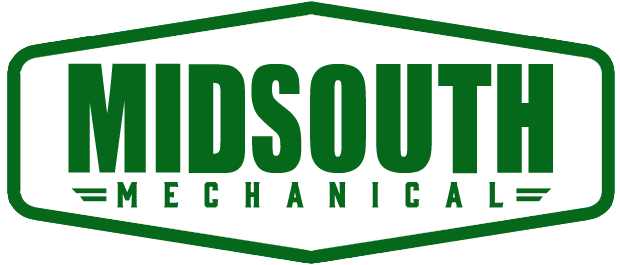So your property is undergoing renovations, the technicians are on site for the annual window cleaning of your high-rise building, or maybe you’ve started construction of a brand-new hotel. What is your plan for dealing with the contracted workers you now have on your work site?
No matter what your business, an employer is responsible for the health and safety of their workers and any other workers performing work at their site. The importance of ensuring you are following the legislation governing these responsibilities cannot be overstated. There is more on the line than OHS charges or administrative penalties: contract workers are unfamiliar with the potential hazards of your work site and may also unknowingly introduce conditions hazardous to your own workers.
So what are some of the basic things you can do to protect the health and safety of all workers, and practice due diligence at the same time?
- Implement a pre-qualification system. Effective contractor management starts with the implementation of a pre-qualification system that includes verification of contractor qualifications (e.g. training and/or certifications). It should also include a check that they carry adequate insurance for the work they are doing, including Workers’ Compensation Board (WCB) coverage. If they do not have their own WCB account in good standing, their workers are by default covered by your WCB account coverage, putting you in a difficult situation should an incident occur.
- Provide contract workers with an orientation to their health and safety responsibilities, and the hazards they may encounter while at your property. “A prime contractor must ensure that any employer on their work site is aware of any hazards that may affect their workers” (Occupational Health and Safety Code, Part 2). A little training could go a long way in meeting this legislated requirement. This could mean implementing a process whereby contract workers are systematically provided with an orientation to the site, its hazards, and the rules and policies to be followed while on site–including what to do in an emergency situation, and how to report unexpected hazards encountered, and any incidents/near misses that occur.
- Verify that the contractor has their own health and safety management system. For some employers, this means reviewing the contract employer’s health and safety manual. For others it means requiring sub-contractors to show evidence of an active Certificate of Recognition issued by the Alberta Government. Neither of these checks are guaranteed to protect you from prosecution should a contract worker be seriously injured while working at your property, but they will show some due diligence. More importantly, a review of the contractor’s safety systems may enable you to prevent an incident by allowing you to identify if there are gaps in their systems that you may need to fill while they are working for you.
- Provide some level of supervision. While contract workers should not require ongoing supervision by your site management, there should be a system in place for regular, on-site evaluations of contractor operations. Should any incidents/unsafe conditions be reported by contract workers, or by your own employees concerned about an unsafe condition that has been introduced by the work, these reports should be investigated, and the concerns addressed as soon as possible. If health and safety issues are identified and not corrected, be prepared to shut down the work and ask the contract workers to leave your site.
- Keep communication lines open. As with any system you introduce as part of your business practices, communication is of primary importance. Any changes that will be introduced to your workplace because of the contractor’s work must be communicated to affected employees. And contractors and their employees must also be kept in the loop whenever their working conditions will change.
A good contractor management system will help everyone at the property go home safe and healthy at the end of the work day, and avoid both the emotional and legal consequences of neglecting the responsibilities so important (and so often overlooked) that the government had to regulate them.
Get a free quote today!


